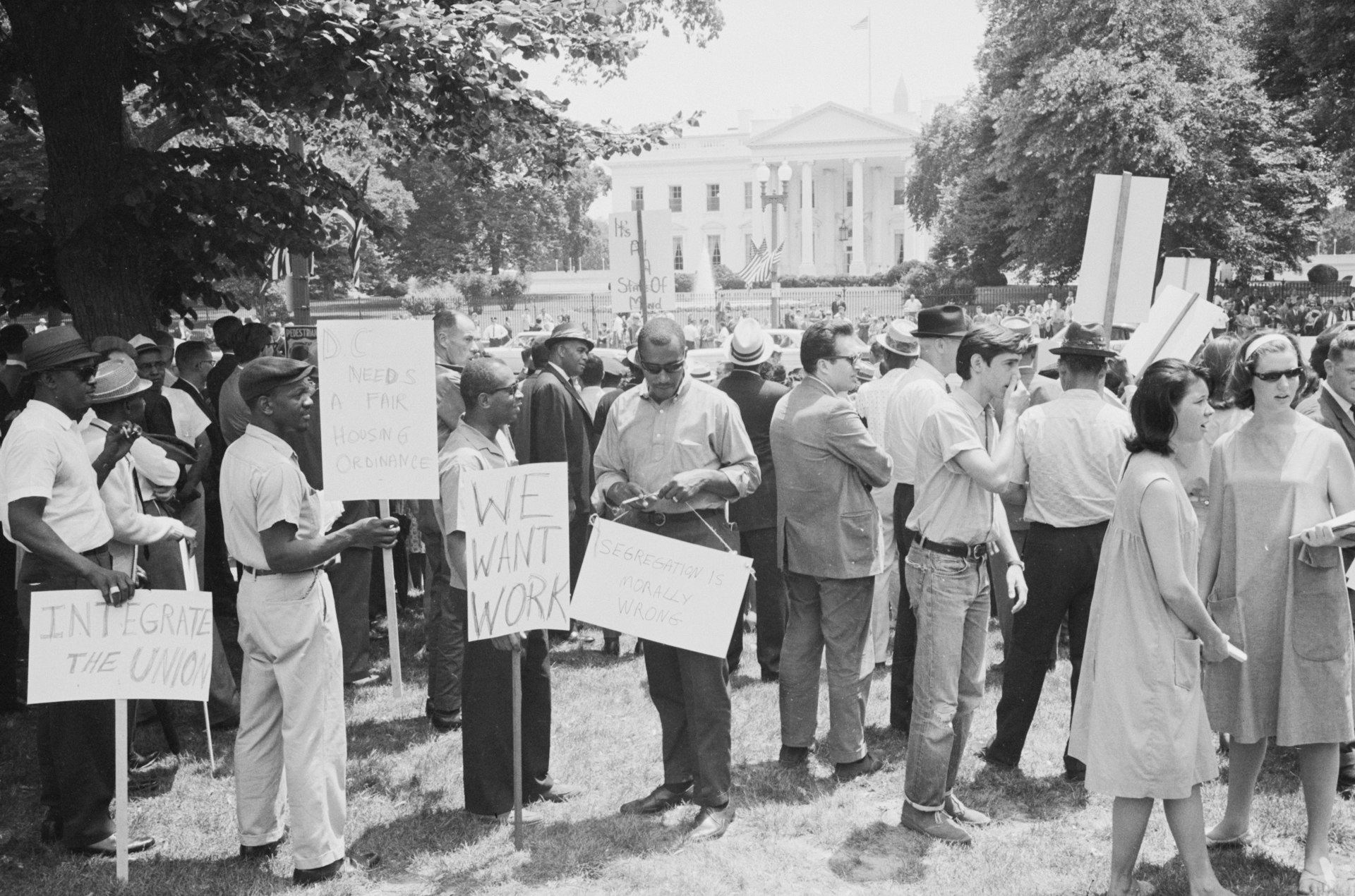Understanding the Impact and Evolution of Social Revolutions

Photo by Jon Tyson on Unsplash
Introduction: The Transformative Power of Social Revolutions
Throughout human history, social revolutions have fundamentally altered political institutions, social hierarchies, and cultural values. These upheavals often arise from deep-seated grievances, catalyzing profound change in governance, social order, and daily life. While each revolution is unique, common themes include a quest for rights, shifts in economic structures, and the pursuit of justice. Understanding the history of social revolutions enables individuals and organizations to grasp the origins of modern societies, interpret ongoing movements, and apply historical lessons to contemporary challenges.
Defining Social Revolution
A social revolution refers to a rapid, fundamental, and often violent transformation of a society’s structure and institutions. Unlike mere political revolts or coups, social revolutions typically involve wide participation and result in significant changes in class relations, property rights, and the distribution of power. Historical examples illustrate how these revolutions can start from economic hardship, political oppression, or cultural shifts, but their impact nearly always extends far beyond their original causes.
Key Historical Examples of Social Revolutions
1. The American Revolution (1765-1783)
The American Revolution marked the emergence of the United States as an independent nation, breaking away from British colonial rule. Motivated by demands for liberty, the right to self-governance, and relief from oppressive taxes, the revolution led to the creation of a new federal system with foundational rights such as free speech, religious practice, and property protections. Its success inspired other colonial societies to seek independence and shaped the development of constitutional democracies worldwide [1] .
2. The French Revolution (1787-1799)
Perhaps the most iconic social revolution, the French Revolution sought to overturn the monarchy and traditional class structures. Triggered by economic crisis, Enlightenment ideals, and widespread social inequality, it led to the abolition of feudal privileges, the rise of secular governance, and the declaration of universal rights for citizens. Despite periods of instability-including the Reign of Terror and eventual rise of Napoleon-the revolution permanently changed the relationship between rulers and the ruled, influencing revolutions across Europe and beyond [2] .
3. The Industrial Revolution (Late 18th-19th Century)
While not a political revolution, the Industrial Revolution profoundly altered social structures. Originating in Britain and spreading globally, it transformed economies from agrarian to industrial, spurred urbanization, and created new social classes. The rapid pace of technological change led to both social progress and new challenges, such as labor exploitation, public health crises, and the need for new political representation. The resulting social tensions fueled further revolutionary movements in the 19th century [1] .
4. The Revolutions of 1848
Known as the “Springtime of Nations,” the revolutions of 1848 swept across Europe, challenging conservative monarchies and advocating for liberal democracy, nationalism, and social reforms. Although many of these revolutions were ultimately suppressed, they established foundational demands for universal male suffrage, constitutional governments, and workers’ rights. These events highlighted the interconnectedness of social, political, and economic grievances [3] .
Analyzing the Causes of Social Revolutions
Social revolutions typically emerge from a convergence of factors:
- Economic hardship : Widespread poverty, unemployment, and inequality often fuel discontent.
- Political oppression : Lack of representation, authoritarian regimes, and curbs on freedoms create fertile ground for dissent.
- Cultural transformation : New ideologies or social movements, such as Enlightenment philosophies or demands for civil rights, inspire collective action.
For example, the French Revolution combined severe fiscal crisis with the spread of Enlightenment thinking and longstanding social inequalities. Similarly, the Industrial Revolution, by concentrating workers in urban areas and exposing them to poor conditions, led to demands for labor reforms and broader participation in government [2] .
Step-by-Step Guidance to Studying Social Revolutions
- Identify the context : Begin by researching the social, economic, and political conditions preceding major revolutions. Consider primary sources such as letters, official documents, and diaries, as well as reputable secondary analyses.
- Map the timeline : Create a chronological outline of key events, actors, and turning points. Timelines can help you visualize how revolutions unfolded and highlight critical moments of change. For example, use timeline tools or consult established historical chronologies [4] .
- Analyze primary causes and triggers : Evaluate the root grievances and immediate sparks that set revolutions in motion. This may include economic crises, unpopular laws, or charismatic leaders.
- Examine outcomes and consequences : Assess how social structures, governance, and everyday life changed as a result. Consider both immediate effects (such as regime change) and long-term impacts (like new legal systems or altered class relations).
- Compare with other revolutions : Draw parallels between different revolutions to identify patterns, shared challenges, and divergent outcomes. This comparative approach aids in understanding the broader dynamics of social change.
Practical Applications and Modern Relevance
Understanding the history of social revolutions is not just an academic pursuit-it offers valuable lessons for contemporary society. For policymakers and civic leaders, analyzing past revolutions can inform strategies to address inequality and prevent unrest. For educators and students, it provides a framework to interpret current events and social movements. If you wish to access more information, you can consult major academic databases, visit your local library, or explore university history programs. Consider searching for terms such as “social revolution case studies,” “comparative revolutions,” or “causes and consequences of revolutions” on the websites of established academic institutions or historical societies.

Photo by Phil Hearing on Unsplash
Challenges and Alternative Approaches
Studying social revolutions presents challenges: sources may be biased, records incomplete, and interpretations contested. To address these obstacles, engage with multiple perspectives, cross-reference accounts, and consult peer-reviewed scholarship. When possible, attend lectures or online courses from accredited universities, and participate in discussion forums to exchange insights with others interested in historical change. For reliable overviews, consider authoritative encyclopedias and national archives.
Summary and Key Takeaways
Social revolutions have reshaped societies, expanded rights, and inspired new visions of justice. By exploring their origins, major events, and outcomes, individuals gain tools to interpret both the past and the present. Whether you are a student, educator, policymaker, or engaged citizen, understanding these historic transformations enriches your perspective and empowers informed action. To deepen your understanding, consult reputable historical resources, pursue structured study, and remain mindful of the complexities inherent in interpreting social change.



